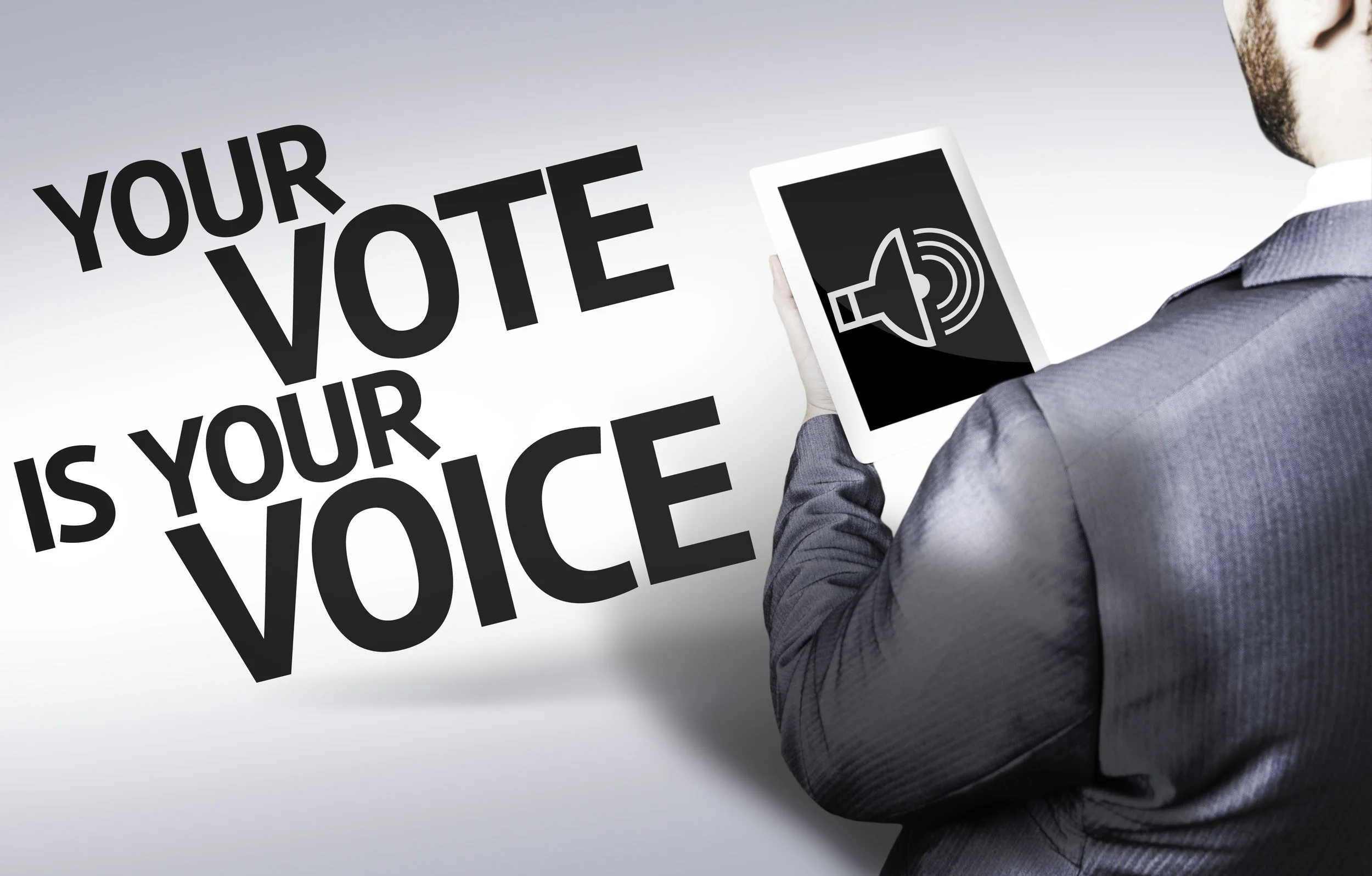Colorado became the first state to implement vote-by-mail voting in the 2014 midterm elections.
In a year in which voter turnout reached a historic low nationally, a study of voting patterns in Colorado revealed that 3.3% more voters than expected cast ballots (with a robust sample size of 2.8 million Coloradans analyzed). Incredibly, the increase in voting was highest among people predicted to be unlikely voters by multiple criteria. Young people ages 18 to 24 voted in far greater numbers than expected (low turnout by younger voters is a consistent trend nationally over the past several decades). Even more surprisingly, a lower expected probability of turnout by an individual voter predicted a higher likelihood that he or she would change their entrenched habits and vote in the midterms. Similarly, in the 2016 presidential race, states which had adopted vote-by-mail ballots consistently ranked among the highest in turnout (Colorado, Oregon and Washington for instance, which now use vote-by-mail in all elections).



